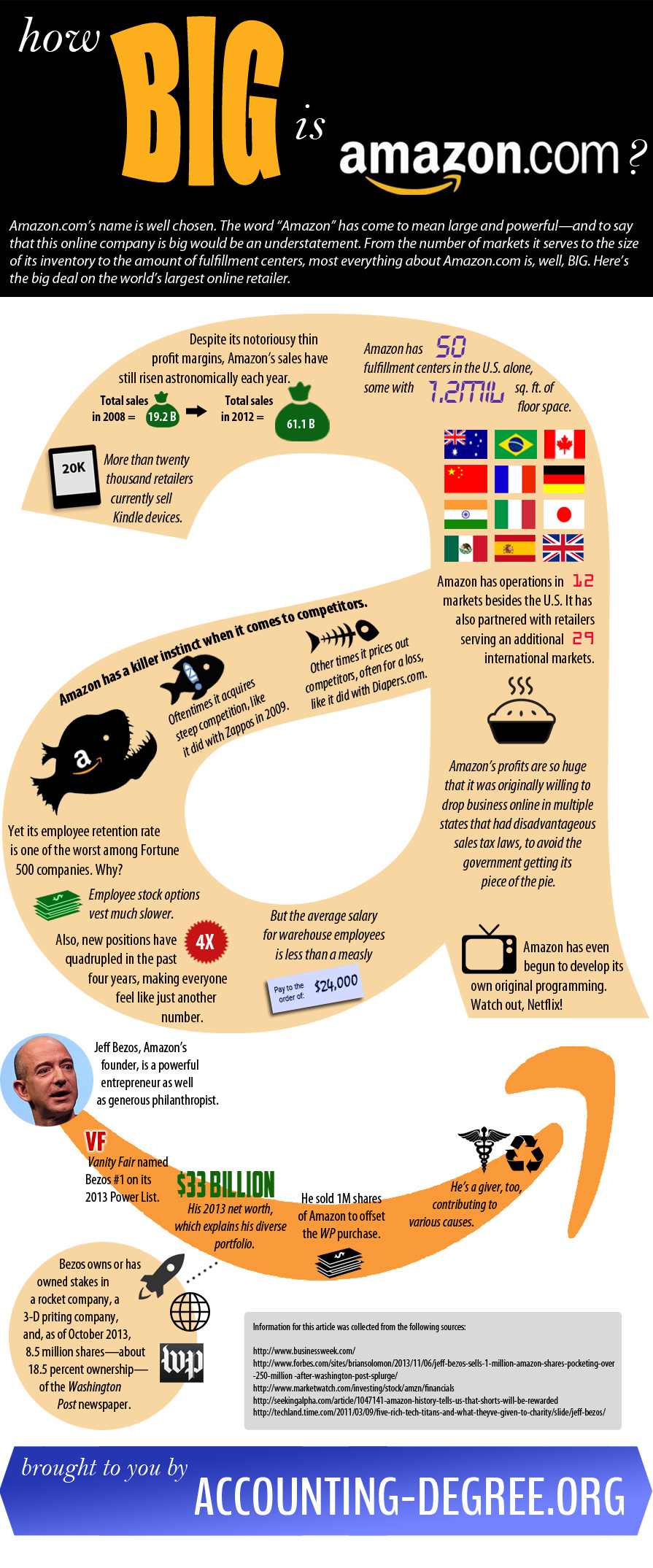

These large companies followed the railroad model and incorporated as public companies which then sold shares of ownership as stock. Companies employed thousands of workers in factories often in urban areas. Companies could now mass produce standardized goods faster and more efficiently. They raised huge amounts of capital through the sale of stock, built new bureaucratic management to organize increasingly complex operations across wide geographical areas, and stimulated demand for other heavy industries such as coal, iron, and steel.īig business grew in the late nineteenth century when new sources of power such as the steam engine, coal, and electricity drove the machines in larger factories that organized production under one roof. In addition, railroads became the first corporations that provided a model for the rise of big business. Railroads provided faster, cheaper, and more reliable transportation. The late nineteenth century experienced rapid expansion of railroad mileage across the country, linking farmers, raw materials, factories, and consumers in a market economy. Therefore, entrepreneurs with talent, motivation, and good fortune had the freedom to innovate and opportunity to succeed. A constitutional rule of law protected private property and patents, allowed entrepreneurs to fail and start over again with bankruptcy law, and enforced contracts.
BIG BUSINESS US HISTORY NEGATIVES FREE
While the federal government had often encouraged economic growth of the private market by providing land grants, a banking system, and various subsidies, the American economy was generally a system of free enterprise largely unfettered by government restraints and characterized by self-regulating markets. The American constitutional system greatly contributed to the growth of the post-war economy. While the rise of big business was controversial and led to increasing government regulation, the American economy grew rapidly and became the world’s largest industrial economy with widespread benefits. Largescale companies grew as the scale and scope of modern business increased dramatically. Transportation and communication revolutions developed national markets for goods.

Technological innovations made mass production in manufacturing possible. Background Essay: The Rise of Big Businessĭirections: Read the essay and answer the review questions at the end.Īfter the Civil War, the American economy was characterized by the rise of big business.


 0 kommentar(er)
0 kommentar(er)
